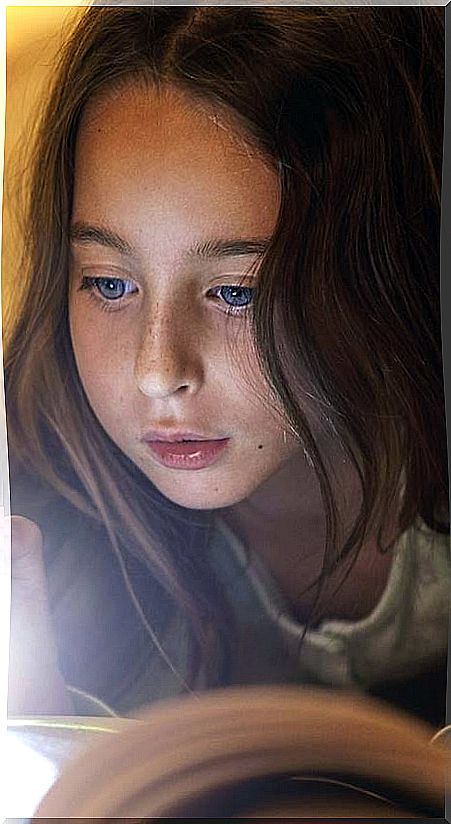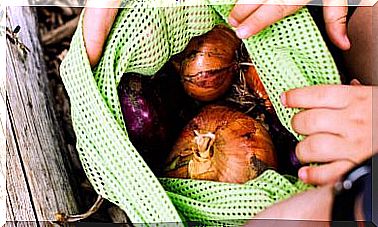Always With The Same Story: What The Stories Tell Children
You are going to read The Little Prince to a creature you love, with all the illusion. But … where are the women in this book? And why aren’t there people of different races?

When I give gender workshops I use a dynamic to try to show that reality is a sum of elements and points of view, a kaleidoscope made up of different subjectivities, different looks and feelings sometimes confronted with the same event.
I divide the class into four groups and ask them to create the story of Little Red Riding Hood from the perspective of the girl, the wolf, the grandmother, and the hunter, respectively. And, finally, I ask you to come up with a common story taking into account all those views on what is narrated in the story.
With this exercise, everything has happened to us: from having the wolf as grandmother’s lover (and that “Wolf” was the affectionate nickname because the supposed animal was actually a very hairy man), to having a real estate speculator hunter. Everything, and always surprising and very interesting.
Nigerian novelist Chimamanda Ngozi Adichie, in her talk The Danger of the Unique Story , says that as a child she read stories full of white girls and boys who ate apples and talked a lot about the weather: what if the sun rises, what if it does not rise. They were stories built in northern Europe that did not fit the reality of a Nigerian girl. She did not eat apples but mangoes, and she did not talk about whether the sun rose because in her city the extraordinary thing was the rain.
The problem is not that a Nigerian girl knows about snow through stories: the problem is that all stories talk only about girls who know snow and never about girls like you. Like her.
The sociocultural importance of stories
In children’s stories there is a lot of popular wisdom, and a lot of survival wisdom. For centuries they have been a way of transmitting culture to the next generation, understanding culture as a set of uses, customs and useful knowledge in each context.
Little Red Riding Hood, for example, is a story that teaches us girls not to talk to strangers in a world where girls have to be taught to protect themselves from rapists, or that talking to a stranger represents a real danger.
In traditional children’s stories, gender norms are just that, traditional, as are racial representations or social class archetypes.
The girls are taught the values of chastity, innocence, prudence and a certain learned helplessness (no Cinderella slaps the prince’s plasta for chasing her to the point of boredom). Children are taught courage, honesty and respect for their elders, in stories like Pinocchio, Thumbelina or Pedro y el Lobo … but they are not taught to ask their friends for help, nor the right they have to be too rescued.
The protagonists are blondes, with a prototype of beauty that has real repercussions on the way in which boys and girls construct their subjectivity and self-image.
Even a work as wonderful as The Little Prince only has white and male protagonists apart from the rose, the only “female” character who is, we know, the helpless character who must be taken care of and who is even a bit annoying and whimsical.
A simple test to assess the machismo of stories: The Bechdel test
The Bechdel test is almost a joke, although reality ends up turning it into a practical joke. It is about analyzing movies but it can also be applied to books and, of course, to children’s stories. It consists of three steps.
- The first is to check if there are at least two named female characters in the play . It is already an indicator of the most interesting, that reveals how in many works the female characters appear but are not named: they are the sister, the waitress, the nurse … without more.
- The second is to check if they talk to each other at some point in the play. These characters are often not related at any point in the play.
- And the third step is to check if the conversation they have refers to a man.
Despite the simplicity of the test, there are few works that pass it. For example, several films in the Harry Potter saga fail, despite having numerous female characters of great importance. Disney’s The Little Mermaid is another movie that doesn’t pass the test either.
To this test we can add the anti-racist gaze: how many characters are white and how many are not? Do they talk to each other? Are these characters always men or do women also appear?
Observing the works that we share with the creatures with a critical gaze teaches us in a simple way the functioning of the roles of representation in the world and is a transformation tool not only for the creatures, but also for the adults in the environment.
The creatures and their world, we know, are great teachers.









